-
 Bitcoin
Bitcoin $101,898.5005
-0.75% -
 Ethereum
Ethereum $2,258.1125
-1.07% -
 Tether USDt
Tether USDt $1.0004
0.01% -
 XRP
XRP $2.0178
-2.93% -
 BNB
BNB $624.0243
-1.53% -
 Solana
Solana $134.3298
-0.90% -
 USDC
USDC $0.9999
0.01% -
 TRON
TRON $0.2675
-2.05% -
 Dogecoin
Dogecoin $0.1538
-1.96% -
 Cardano
Cardano $0.5482
-1.11% -
 Hyperliquid
Hyperliquid $35.5636
5.45% -
 Bitcoin Cash
Bitcoin Cash $453.4902
-1.66% -
 Sui
Sui $2.5134
-2.97% -
 UNUS SED LEO
UNUS SED LEO $9.1292
1.77% -
 Chainlink
Chainlink $11.8457
-1.60% -
 Stellar
Stellar $0.2312
-2.73% -
 Avalanche
Avalanche $16.9721
0.29% -
 Toncoin
Toncoin $2.7549
-3.82% -
 Shiba Inu
Shiba Inu $0.0...01081
-1.10% -
 Litecoin
Litecoin $80.8250
-0.71% -
 Hedera
Hedera $0.1374
0.21% -
 Monero
Monero $305.4827
-2.36% -
 Ethena USDe
Ethena USDe $1.0006
0.00% -
 Dai
Dai $1.0000
-0.01% -
 Polkadot
Polkadot $3.2085
-3.12% -
 Bitget Token
Bitget Token $4.0845
-3.13% -
 Uniswap
Uniswap $6.3353
-1.63% -
 Pi
Pi $0.5085
-0.70% -
 Pepe
Pepe $0.0...08913
-3.82% -
 Aave
Aave $232.7090
-0.58%
How long does it take for BTC withdrawal to arrive? How much is the handling fee?
BTC withdrawal times vary from minutes to hours, influenced by network congestion and fees, which can be estimated using tools like BitcoinFees or Mempool.
May 13, 2025 at 06:42 pm
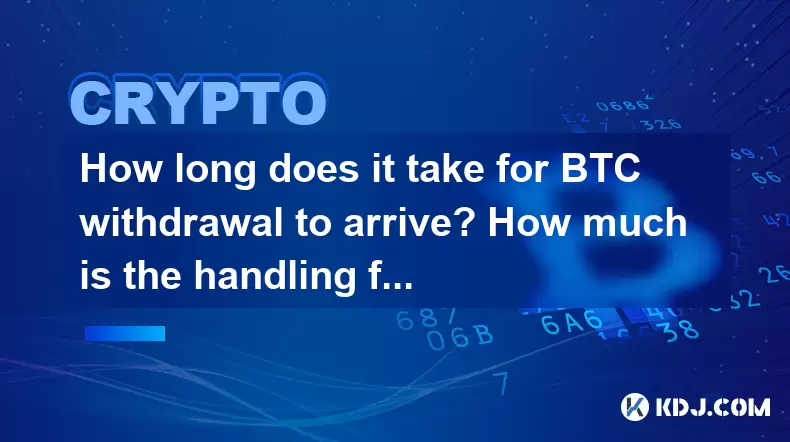
Introduction to BTC Withdrawal Times and Fees
When you decide to withdraw Bitcoin (BTC) from an exchange or wallet, understanding the time it takes for the transaction to complete and the associated fees is crucial. The time it takes for a BTC withdrawal to arrive can vary widely, depending on several factors including network congestion, the priority you set for your transaction, and the specific policies of the platform you are using. Similarly, the handling fee for BTC withdrawals also varies, influenced by factors like the transaction size, the platform's fee structure, and the current state of the Bitcoin network.
Factors Affecting BTC Withdrawal Times
Several elements can influence how long it takes for your BTC withdrawal to be processed and confirmed on the blockchain. Network congestion is one of the primary factors; during periods of high activity on the Bitcoin network, transactions can take longer to be confirmed. Transaction priority also plays a role; if you choose to pay a higher fee, your transaction is more likely to be picked up by miners sooner, leading to faster confirmation times. Additionally, the specific policies of the platform from which you are withdrawing can affect the timing, as some exchanges may have additional internal processes that delay the release of funds.
Typical BTC Withdrawal Times
In general, BTC withdrawal times can range from a few minutes to several hours. Under optimal conditions, with low network congestion and a high transaction fee, you might see your transaction confirmed within 10 to 30 minutes. However, during times of high demand or if you opt for a lower fee, the transaction might take up to several hours or even a day. It's important to monitor the status of your transaction using a blockchain explorer to get a real-time view of its progress.
Understanding BTC Withdrawal Fees
BTC withdrawal fees are charged to incentivize miners to include your transaction in the blockchain. These fees can vary significantly based on several factors. The size of the transaction in bytes affects the fee, as larger transactions require more space in the block. The current state of the Bitcoin network also influences fees; during times of high congestion, miners can demand higher fees to prioritize transactions. Lastly, the platform's fee structure can add to the total cost, as some exchanges may charge additional fees for processing withdrawals.
How to Check and Estimate BTC Withdrawal Fees
To get an accurate estimate of the BTC withdrawal fee, you can use several tools and methods. Many cryptocurrency exchanges provide an estimate of the fee before you confirm the withdrawal. Additionally, online fee estimators like BitcoinFees or Mempool can give you a good idea of the current fee rates on the network. Here's how you can check and estimate fees:
- On the Exchange: Navigate to the withdrawal section of your exchange account. Before you finalize the withdrawal, the platform will usually display an estimated fee.
- Using Online Tools: Visit a fee estimator website like BitcoinFees or Mempool. Enter the size of your transaction in bytes, and the tool will provide an estimate of the fee based on current network conditions.
- Blockchain Explorers: Some blockchain explorers also offer fee estimation features. You can enter your transaction details and see the recommended fee for different confirmation times.
Minimizing BTC Withdrawal Fees
If you want to minimize the fees you pay for BTC withdrawals, there are several strategies you can employ. Choosing the right time to withdraw can make a difference; fees tend to be lower during periods of low network activity. Setting a custom fee instead of using the default fee recommended by the platform can also help; if you're willing to wait longer for confirmation, you can set a lower fee. Finally, consolidating multiple small transactions into a single larger one can reduce the total fee, as you'll be paying for fewer transactions overall.
Example of a BTC Withdrawal Process
To illustrate the process of withdrawing BTC and the associated times and fees, let's walk through an example using a hypothetical exchange. Suppose you want to withdraw 0.5 BTC from your account on "CryptoExchange":
- Log into your account on CryptoExchange.
- Navigate to the withdrawal section and select Bitcoin as the cryptocurrency you want to withdraw.
- Enter the withdrawal amount (0.5 BTC) and the destination address.
- Review the estimated fee provided by the exchange. Let's say the estimated fee is 0.0005 BTC.
- Confirm the withdrawal. The exchange will process your request and broadcast the transaction to the Bitcoin network.
- Monitor the transaction using a blockchain explorer. If the network is not congested and you've paid a competitive fee, you might see the first confirmation within 10 to 30 minutes.
Frequently Asked Questions
Q: Can I speed up a BTC withdrawal if it's taking too long?
A: Yes, you can attempt to speed up a BTC withdrawal by using a feature called "Replace-by-Fee" (RBF) if your transaction supports it. This allows you to rebroadcast the transaction with a higher fee, which can incentivize miners to prioritize it. However, not all transactions or platforms support RBF, so it's important to check before initiating a withdrawal.
Q: Are there any risks associated with setting a very low fee for a BTC withdrawal?
A: Yes, setting a very low fee can result in your transaction being stuck in the mempool for an extended period. If the fee is too low, miners may not find it profitable to include your transaction in a block, leading to significant delays or even the transaction being dropped from the mempool.
Q: How can I tell if my BTC withdrawal has been successful?
A: You can verify the success of your BTC withdrawal by checking the transaction status on a blockchain explorer. Enter the transaction ID (TXID) provided by the exchange into the explorer, and you'll be able to see the number of confirmations and the final status of the transaction. Once the transaction has the desired number of confirmations (typically 3 to 6 for most purposes), it is considered successful.
Q: Do all exchanges charge the same fee for BTC withdrawals?
A: No, different exchanges have different fee structures for BTC withdrawals. Some may charge a flat fee, while others might use a percentage-based fee or a combination of both. It's important to review the fee schedule of the exchange you're using to understand the costs involved.
Disclaimer:info@kdj.com
The information provided is not trading advice. kdj.com does not assume any responsibility for any investments made based on the information provided in this article. Cryptocurrencies are highly volatile and it is highly recommended that you invest with caution after thorough research!
If you believe that the content used on this website infringes your copyright, please contact us immediately (info@kdj.com) and we will delete it promptly.
- Bitcoin Price Wobbles: Crash Watch and Key Support Levels
- 2025-06-23 16:25:12
- Navigating the Crypto Seas: Charting a Course Through Bull Runs and Bear Markets
- 2025-06-23 16:25:12
- BNB Price Check: Stablecoin Surge vs. Prediction Rollercoaster
- 2025-06-23 14:25:12
- Metaplanet's Bitcoin Bonanza: Holdings Skyrocket Amidst Market Swings
- 2025-06-23 14:25:12
- Global Meltdown, Investors, and Safe Havens: Navigating the Storm
- 2025-06-23 14:30:12
- NFT Sales Snapshot: Guild of Heroes, Polygon, and the Market's Shifting Sands
- 2025-06-23 15:25:12
Related knowledge
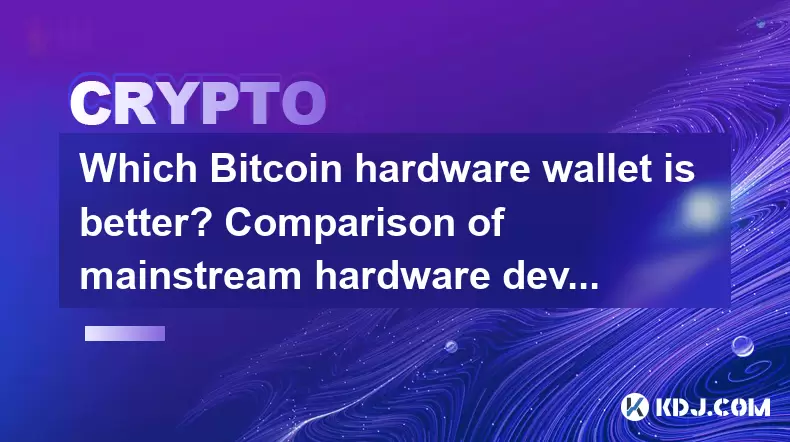
Which Bitcoin hardware wallet is better? Comparison of mainstream hardware devices
Jun 16,2025 at 02:08am
What Is a Bitcoin Hardware Wallet?A Bitcoin hardware wallet is a physical device designed to securely store the private keys associated with your cryptocurrency holdings. Unlike software wallets, which are more vulnerable to online threats, hardware wallets keep private keys offline, significantly reducing the risk of unauthorized access. These devices ...

What are Bitcoin non-custodial wallets? Self-controlled private key recommendation
Jun 16,2025 at 11:29pm
Understanding Bitcoin Non-Custodial WalletsA Bitcoin non-custodial wallet is a type of digital wallet where users retain full control over their private keys. Unlike custodial wallets, which are managed by third-party services such as exchanges, non-custodial wallets ensure that only the user can access and manage their funds. This means no intermediary...
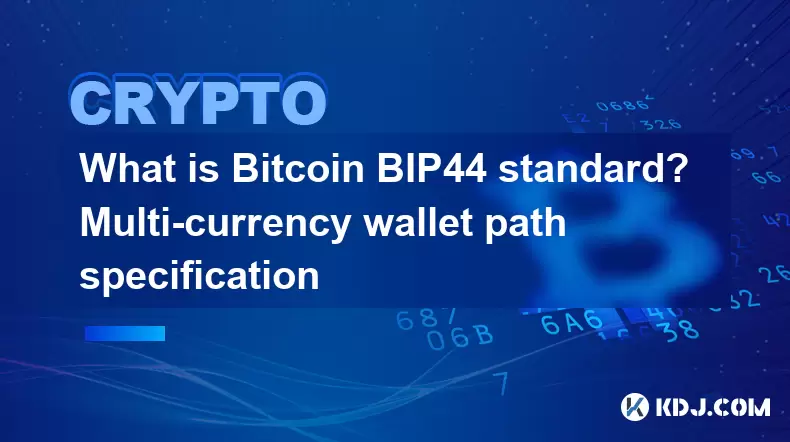
What is Bitcoin BIP44 standard? Multi-currency wallet path specification
Jun 15,2025 at 04:08pm
Understanding the BIP44 Standard in Bitcoin and CryptocurrencyThe BIP44 standard, which stands for Bitcoin Improvement Proposal 44, is a widely adopted hierarchical deterministic wallet structure used across various cryptocurrencies. It defines a structured path format that enables wallets to support multiple currencies while maintaining consistency and...

What is Bitcoin HD wallet? Advantages of layered deterministic wallets
Jun 16,2025 at 03:56pm
Understanding Bitcoin HD WalletsA Bitcoin HD wallet, or Hierarchical Deterministic wallet, is a type of cryptocurrency wallet that generates multiple keys and addresses from a single seed phrase. Unlike traditional wallets that create random private keys for each transaction, an HD wallet follows a structured hierarchy to derive keys in a deterministic ...
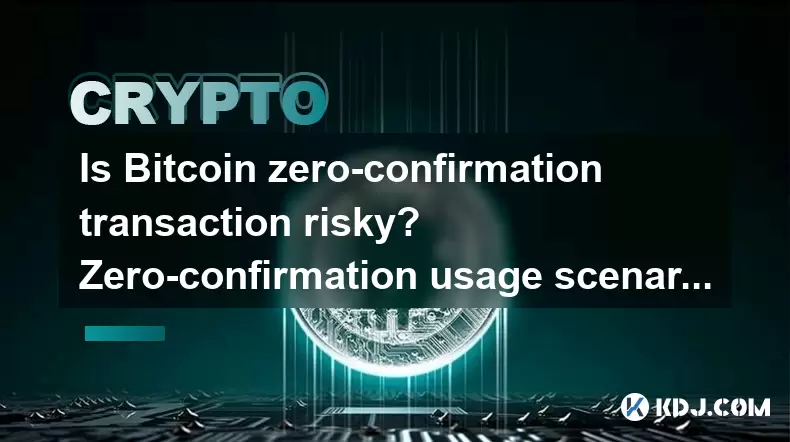
Is Bitcoin zero-confirmation transaction risky? Zero-confirmation usage scenarios
Jun 15,2025 at 03:57am
Understanding Zero-Confirmation Transactions in BitcoinBitcoin zero-confirmation transactions, often referred to as 'unconfirmed transactions,' are those that have been broadcast to the network but have not yet been included in a block. This means they have not received any confirmations from miners. While these transactions can be useful in certain con...
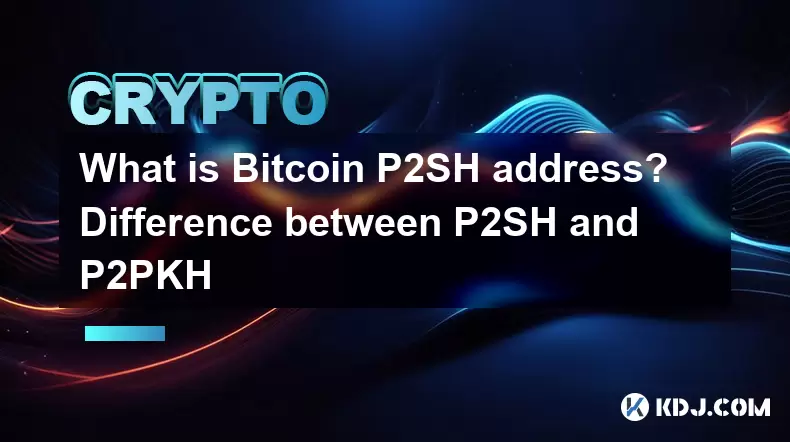
What is Bitcoin P2SH address? Difference between P2SH and P2PKH
Jun 16,2025 at 09:49pm
Understanding Bitcoin P2SH AddressesA Pay-to-Script-Hash (P2SH) address in the Bitcoin network is a type of address that allows users to send funds to a script hash rather than directly to a public key hash, as seen in earlier address formats. This innovation was introduced through BIP 16, enhancing flexibility and enabling more complex transaction type...

Which Bitcoin hardware wallet is better? Comparison of mainstream hardware devices
Jun 16,2025 at 02:08am
What Is a Bitcoin Hardware Wallet?A Bitcoin hardware wallet is a physical device designed to securely store the private keys associated with your cryptocurrency holdings. Unlike software wallets, which are more vulnerable to online threats, hardware wallets keep private keys offline, significantly reducing the risk of unauthorized access. These devices ...

What are Bitcoin non-custodial wallets? Self-controlled private key recommendation
Jun 16,2025 at 11:29pm
Understanding Bitcoin Non-Custodial WalletsA Bitcoin non-custodial wallet is a type of digital wallet where users retain full control over their private keys. Unlike custodial wallets, which are managed by third-party services such as exchanges, non-custodial wallets ensure that only the user can access and manage their funds. This means no intermediary...

What is Bitcoin BIP44 standard? Multi-currency wallet path specification
Jun 15,2025 at 04:08pm
Understanding the BIP44 Standard in Bitcoin and CryptocurrencyThe BIP44 standard, which stands for Bitcoin Improvement Proposal 44, is a widely adopted hierarchical deterministic wallet structure used across various cryptocurrencies. It defines a structured path format that enables wallets to support multiple currencies while maintaining consistency and...

What is Bitcoin HD wallet? Advantages of layered deterministic wallets
Jun 16,2025 at 03:56pm
Understanding Bitcoin HD WalletsA Bitcoin HD wallet, or Hierarchical Deterministic wallet, is a type of cryptocurrency wallet that generates multiple keys and addresses from a single seed phrase. Unlike traditional wallets that create random private keys for each transaction, an HD wallet follows a structured hierarchy to derive keys in a deterministic ...

Is Bitcoin zero-confirmation transaction risky? Zero-confirmation usage scenarios
Jun 15,2025 at 03:57am
Understanding Zero-Confirmation Transactions in BitcoinBitcoin zero-confirmation transactions, often referred to as 'unconfirmed transactions,' are those that have been broadcast to the network but have not yet been included in a block. This means they have not received any confirmations from miners. While these transactions can be useful in certain con...

What is Bitcoin P2SH address? Difference between P2SH and P2PKH
Jun 16,2025 at 09:49pm
Understanding Bitcoin P2SH AddressesA Pay-to-Script-Hash (P2SH) address in the Bitcoin network is a type of address that allows users to send funds to a script hash rather than directly to a public key hash, as seen in earlier address formats. This innovation was introduced through BIP 16, enhancing flexibility and enabling more complex transaction type...
See all articles
























































































